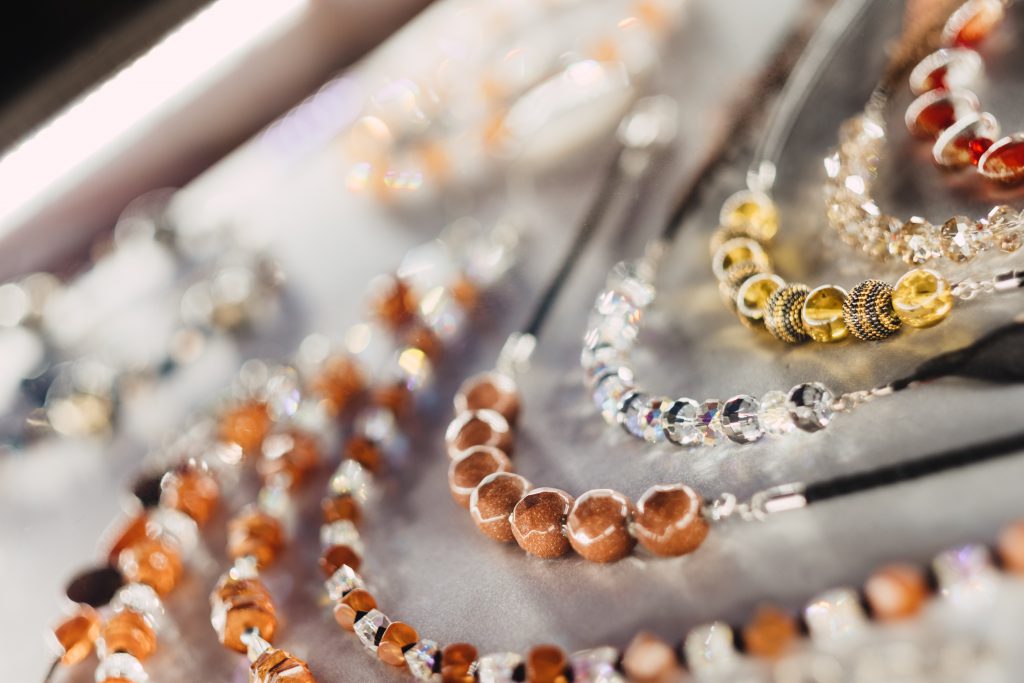
Introduction:
The Viking Age, spanning from the 8th to the 11th century, was marked by incredible cultural and artistic achievements by the Norsemen. Renowned for their maritime skills and exploratory ventures, the Vikings were also skilled craftsmen, creating exquisite pieces of jewelry that reflected their rich symbolic heritage. Amongst these artifacts, Viking necklaces hold a significant place, representing both aesthetic beauty and cultural significance. In this article, we will explore the fascinating world of Viking necklaces, uncovering their diverse designs, materials used, and the symbolism behind these exceptional pieces.
Historical Background:
To understand the relevance and significance of Viking necklaces, it is important to delve into the historical context of the Vikings. These seafaring people, originating from what is now modern-day Scandinavia, were known for their raiding expeditions, exploration, and trade networks that spanned across Europe and beyond. The Vikings placed immense value on personal adornment, believing it to be not only a sign of status but also as a symbol of protection and connection to the spiritual realm.
Designs and Materials:
Viking necklaces exhibit an astounding variety of designs, reflecting the creativity and skill of the Norse craftsmen. These designs were influenced by elements from various cultures that the Vikings encountered during their voyages, including Celtic, Byzantine, and even Islamic influences. The most common materials used in Viking necklaces were silver and gold, demonstrating the wealth and social status of the wearer.
One popular design was the Thor's Hammer pendant, known as Mjölnir. This symbol of Thor, the Norse god of thunder, lightning, and protection, was thought to possess the power to ward off malevolent supernatural forces. Other popular motifs incorporated into Viking necklaces include intricate animal and serpent-like figures, symbols of dragons, ravens, and stylized human faces. These motifs are believed to be connected to Norse mythology, with each symbol carrying its own unique significance.
Symbolic Significance:
Viking necklaces were not just ornamental; they held deep cultural and symbolic meanings. Many designs were believed to provide protection and invoke the favor of
specific gods or goddesses. For instance, the Valknut symbol, also known as Odin's Knot, was associated with Odin, the Allfather of Norse mythology. It is believed that wearing a Valknut pendant provided protection and strength during battle, as well as guidance in the afterlife.
Another important symbol found on Viking necklaces is the depiction of a snake or serpent biting its own tail, representing the cycle of life, death, and rebirth. This symbol, known as Jormungandr or the World Serpent, had profound spiritual and cosmic significance for the Vikings.
Viking Necklaces: Social and Cultural Significance:
In Viking society, the possession of fine jewelry, including necklaces, was not only a matter of personal adornment but also a symbol of wealth, social status, and connections. These necklaces were often given as gifts or used as trade commodities. Their exchange played a vital role in building alliances and fostering diplomatic relations between different Viking clans and communities.
Additionally, Viking necklaces were often utilized as a form of currency during trade voyages, acting as a means of barter and exchange. Their unique designs and high-quality craftsmanship made them highly sought-after commodities in distant lands, showcasing the influence and cultural reach of the Vikings.
Preservation and Modern Rediscovery:
Despite the passing of centuries, Viking necklaces have managed to survive the test of time, thanks to the excellent craftsmanship and the preservation of burial sites. Excavations of Viking graves have unearthed numerous necklaces adorned by the deceased, providing invaluable insight into Viking jewelry-making techniques and style.
In recent years, Viking necklaces have experienced a resurgence in popularity as people rediscover the beauty and historical significance of these artifacts. Modern craftsmen have successfully replicated Viking designs, using traditional techniques and materials, thus allowing individuals to embrace a piece of Viking heritage.
Conclusion:
Viking necklace necklaces stand as remarkable symbols of Viking culture, craftsmanship, and
spiritual beliefs. These intricately designed pieces of jewelry, made with precious materials, bridge the gap between the past and the present, offering us a glimpse into the lives, beliefs, and traditions of the Norse people. By exploring the rich history and symbolism behind Viking necklaces, we can appreciate the enduring legacy and artistry that the Vikings have left for us to discover and cherish.